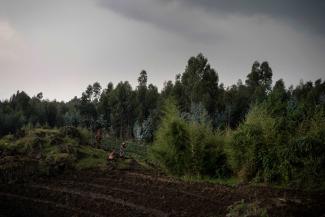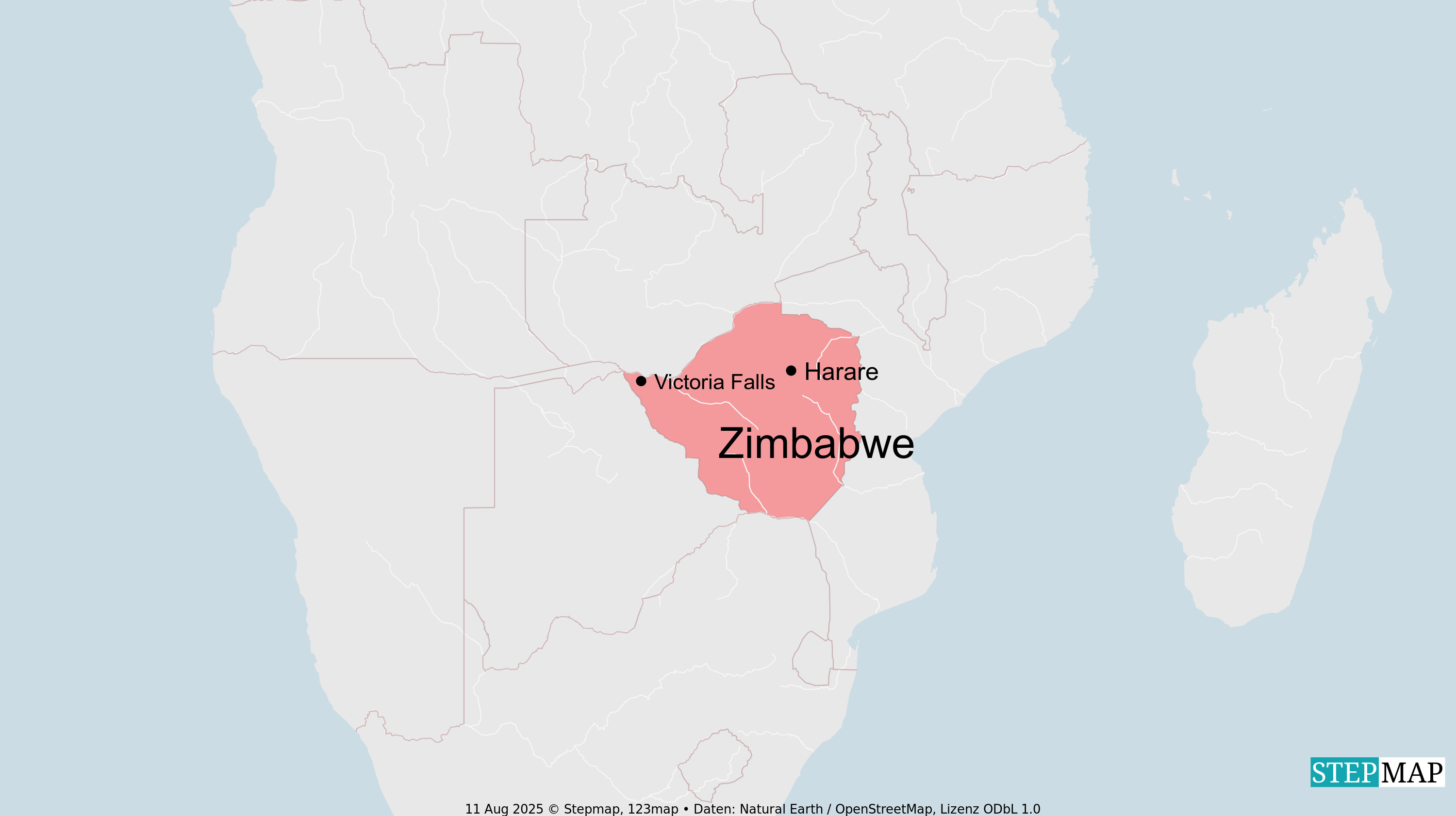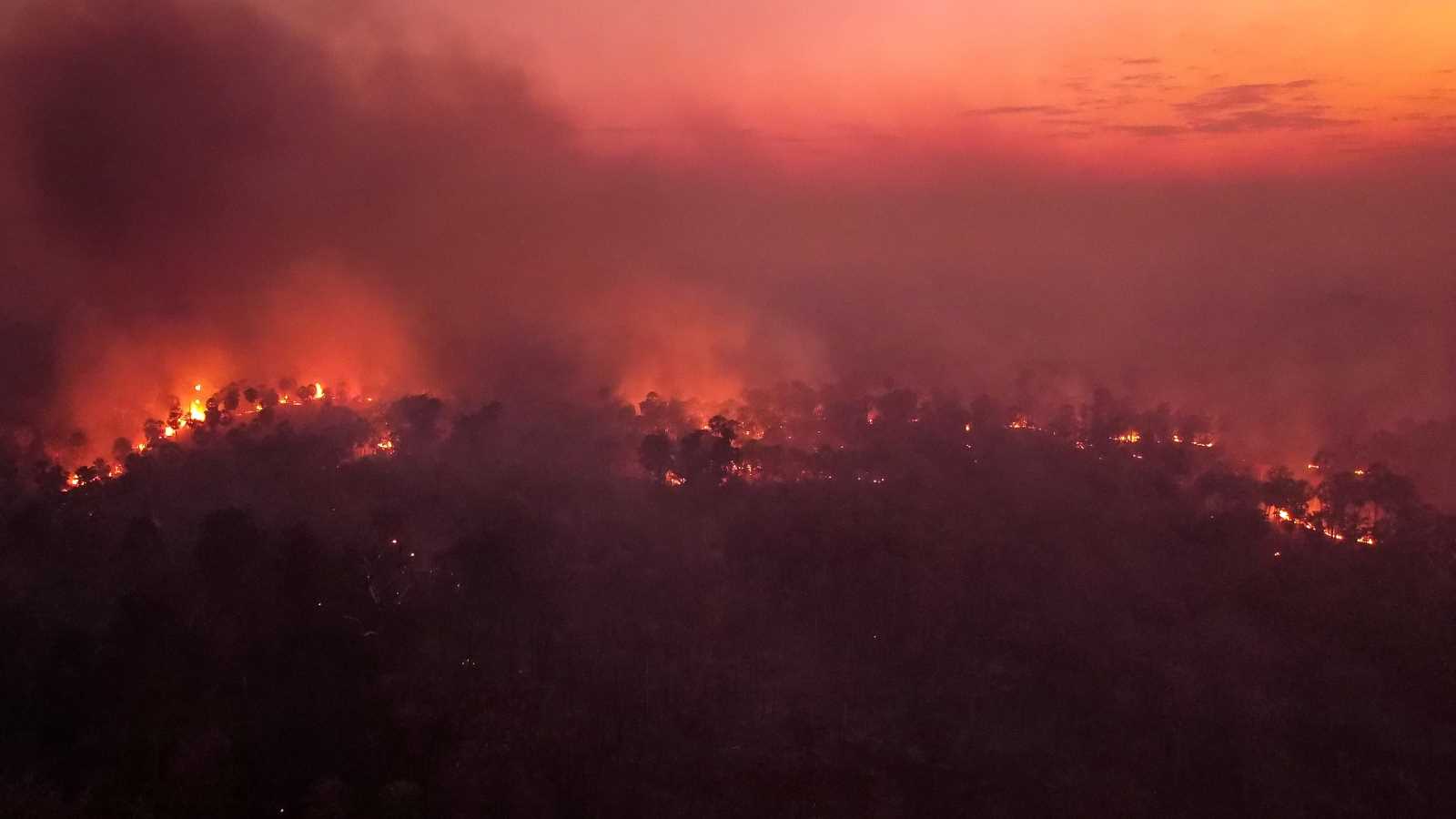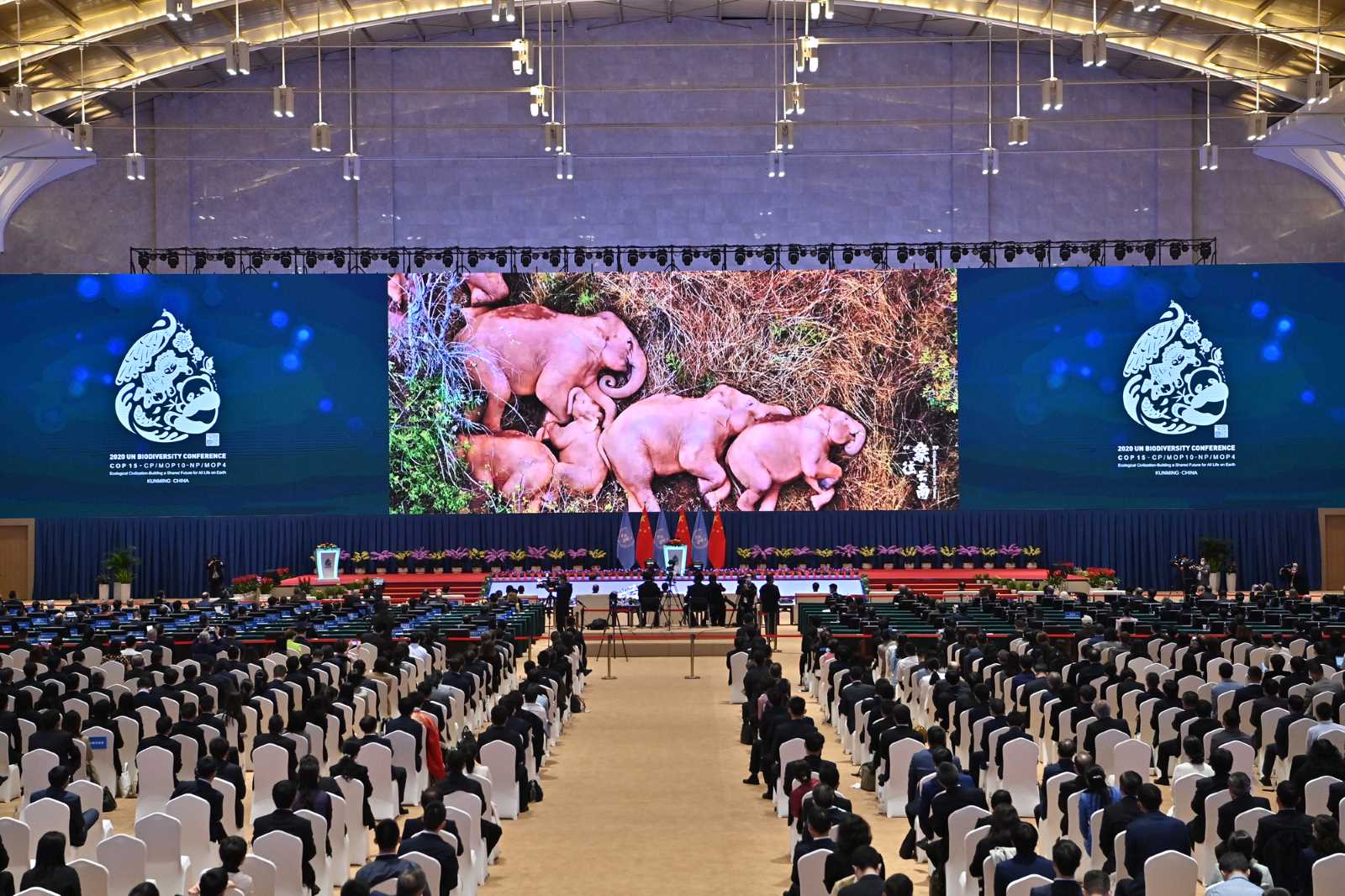Sub-Saharan Africa
“Building knowledge at the local level is essential”

What is parachute science, and how does it harm biodiversity?
Scientific research in Africa is still dominated by scientists from high-income countries who visit the continent for a rather limited period to do their fieldwork. For example, when new species are discovered in Africa, it is usually by foreigners. Even if a species is native to Africa, it is often a person from the global north who is considered an expert on it.
Such parachute science hinders African countries from developing the expertise to collect, organise and retain scientific information. This results in limited utilisation of valuable knowledge. For example, changes in certain species have not been tracked over time, since there is a lack of permanent research on the ground. Today, a lot of relevant scientific knowledge is scattered, lost or non-existent.
Parachute science also extends to biodiversity conservation and climate adaptation strategies. Many strategies are designed by development partners in the global north. They possess the financial resources to collaborate with African governments to tweak strategies that may have been successful somewhere else. This can be likened to a cookie-cutter approach, whereby consultants apply the same strategy with slight modifications to different ecological regions.
Why do you criticise that?
In the case of biodiversity conservation, this approach misses out on valuable local knowledge and the opportunity to build agency and stewardship. It neglects building abilities among African scientists and fails to foster forward-thinking individuals and innovators who can develop culturally embedded solutions.
Africa’s capacity must be strengthened, however. We need to start relying on people from the continent who speak the local language and know the culture well to generate holistic and local solutions. Overcoming parachute science is crucial for this purpose.
What solutions has your team been working on?
At the Center for Excellence in Biodiversity and Natural Resource Management at the University of Rwanda, we are training young researchers in Rwanda and the region at large. We equip them with skills to analyse biodiversity, identify species and explain why they are important. This includes studying biological indicators – species that can be used to monitor environmental changes. For example, if a certain species of pollution-sensitive frog is absent from a wetland, that is an indicator of an unhealthy wetland ecosystem. The same holds true for certain plants and dragonflies.
Enabling local experts who can identify species and understand ecosystem dynamics is crucial. This also closes the circle to agriculture. After all, quite a few newly discovered species are important for soil fertility and crop productivity, on which productive farming depends.
What are the imminent threats to biodiversity in sub-Saharan Africa?
Demand for agricultural land is a major threat. Poverty and rapid population growth increase the need for land for agriculture and housing. In Africa, this has led to the conversion of forests into farmland, resulting in significant impacts on biodiversity.
The main biodiversity issues in Africa stem from the conflict between biodiversity and agriculture. Farming dominates land use in most African countries, including in Rwanda. Ideally, food security and biodiversity should go hand in hand. However, forests are being cleared at an unprecedented rate for agriculture. National agriculture policies in many countries prioritise intensifying agriculture to feed the population. But we need to prioritise nature-positive food production as well. Additionally, international demand for agricultural produce from Africa leads to monocropping and a focus on commercial crops.
The massive use of chemical fertilisers and pesticides, often undocumented and unregulated, is a problem too. We do not know enough about how these chemicals are being used and where. What we do know, however, is that they pollute freshwater ecosystems and negatively affect pollinators. While African countries need higher productivity, agricultural intensification clearly has negative impacts on human health and biodiversity if not well planned.
What other threats are there to biodiversity?
The expansion of infrastructure like networks of roads result in loss of habitat, human-wildlife conflicts and deaths of animals. A related aspect, and also a big issue, is urbanisation. It currently has less immediate impact than agriculture, however, since most urban areas have a long history of human settlement. When urbanisation is planned properly, it allows for green growth and has positive potential for biodiversity.
Finally, illegal wildlife trade is a major problem. The huge demand for various bird, mammal and fish species, especially in wealthy world regions, is driving this trade. It is pushing species like pangolins, elephants and rhinos towards extinction.
Is there a particular issue that concerns you the most as a biologist, scientist and teacher?
I am alarmed by the extent to which people are moving away from nature. In many African countries, as in many parts of the world today, people are not able to identify native trees or animals in their immediate surroundings. For example, eucalyptus dominates the landscape in many countries in Africa, yet many people are unaware that it originates from Australia. Similarly, bamboo used for restoration plantings often comes from China.
Young people often don’t encounter a lot of native species, except in protected areas, which are often exclusively accessible to tourists. This holds true for Rwanda, for example. In the Central African Republic, some forest cover exists, but wildlife is scarce in many of these areas. The growing disconnection between humans and nature leads to a lack of concern, resulting in a vicious circle of rapid biodiversity loss.
In fact, we do not even know what species or varieties are going extinct, since we lack a comprehensive list of African species. As interest wanes, valuable oral and indigenous knowledge disappears. US and European institutions do have valuable knowledge regarding African biodiversity, but this information is needed in Africa too. Our understanding remains insufficient, particularly at the local level. It is obvious that we cannot effectively protect what we do not know.
What solutions do you consider feasible?
At the policy-level, more needs to be done to explore innovative ways to enhance biodiversity. In order to reach food-security goals, we need to explore how to create a patchwork of connected landscapes that support both biodiversity and human needs.
At the individual level, people should be inspired to reconnect to the nature around them. One method of doing so – and at the same time generating scientific knowledge – is cataloguing and building a database of the amazing species that can be found in different African countries. Highlighting unique species and their significance can arouse people’s interest and passion.
Research shows that effective conservation requires the support of local citizens. They need to know about biodiversity in their region, have the capability to track it and know when change is happening. Policymakers should include this information in their planning. Building knowledge and expertise at the local level is essential. We cannot solely rely on what is called parachute science or helicopter science.
Beth Kaplin directs the Center of Excellence in Biodiversity and Natural Resource Management at the University of Rwanda. She is specialised in conservation science, tropical ecology and plant-animal interactions.
b.kaplin@ur.ac.rw



















